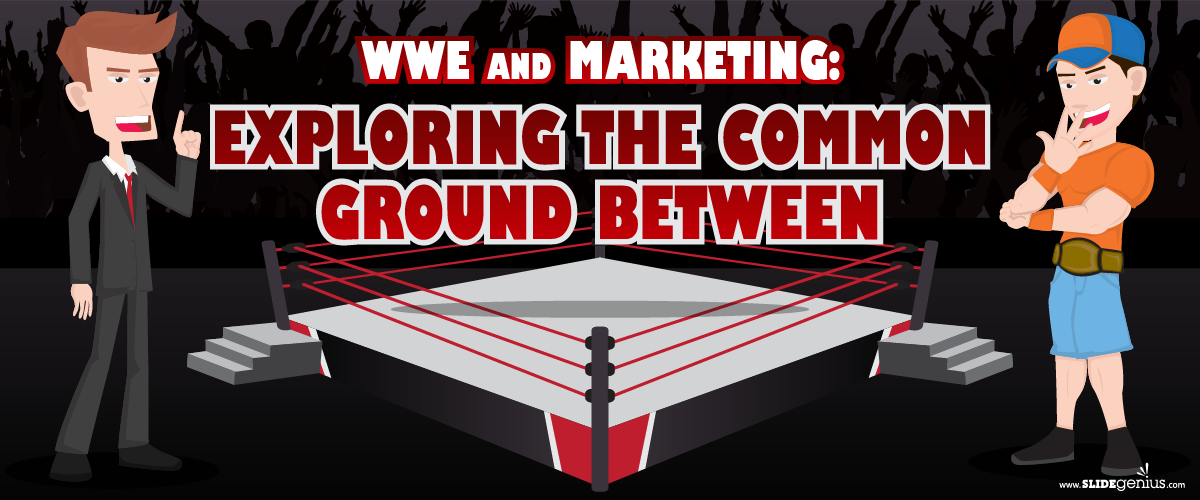
Marketing is the lifeblood of any organization. However, making your brand stand out isn’t easy. Competition is tight, and people’s demands and interests rapidly change with the times. Developing a solid marketing strategy attracts prospective customers and clients. To effectively market yourself, you’ll have to follow a structured plan with a reasonable objective.
Setting the Goal, Paving the Way
All great things started out as someone’s rough sketch of their vision. Setting a clear goal is the first step to creating your marketing strategy. But it doesn’t end there. You have to know what you want. More importantly, know how to get there. With a clear objective, you can start drafting your approach in drawing in your target market.One of the most effective methods to achieve this is the AIDA framework. AIDA stands for the Attention, Interest, Desire, and Action of your audience. It can come in the form of presenting statistics, emphasizing your product’s features and advantages, or letting people experience your services firsthand. Outlining specific actions to address each of these aspects guarantees a return of investment.
Analyzing Strengths and Weaknesses
While having a fixed vision is great, don’t forget to make it attainable. One way to check if you’re on the right track is by analyzing your strengths and weakness. This analysis is part of the SWOT method which, aside from AIDA, is a valuable marketing tool. SWOT represents you or your organization’s Strengths, Weaknesses, Opportunities, and Threats/Challenges.Assess where you stand in terms of your internal strengths and weaknesses, as well as external opportunities and threats/challenges that are in your way. Evaluate each in relation to your existing resources to know how to move forward. For example, your strengths can include your customer service or your uniqueness in comparison to other brands. On the other hand, a weakness could be a lack of financial backing. Opportunities could include an inferior product from your competition, while a threat could be a revolutionary new rival.Having a SWOT outlook will help you reconcile aspects of your situation to help reach your aim.
Forming the Right Relationships
Quality products and services can be overshadowed by a competitor’s established reputation and expanded network. Whether you’re still starting out or are a veteran in the field, never let your alliances fall behind. This means more than just partnerships with other credible organizations. It also means banking on individual human resources—employees, existing customers, and other influencers in the playing field.Ted Rubin, Keynote speaker and brand evangelist, advocates the Return on Relationship strategy, which looks at the importance of creating a following that recommends your brand to their network. As a takeaway from Rubin’s idea, form meaningful relationships with everyone involved in your product. Treat your employees right and have them participate in your marketing. Encourage them to advertise your product or service to their friends and family. Similarly, pamper old customers so that they can recommend you to other people.You can easily gain a wider audience if you market through those close to you.
Conclusion
With the right marketing strategy, your brand can stand out even among the toughest crowds. Envision your future in a clear, realistic way by looking at your strengths and weaknesses. Tap into your people to help you draw new clients in. It also won’t hurt to set a timeline where you can track your progress. You can make it per month or per year, as long as you can check how your plans turned out with each specific milestone.More importantly, make sure you’re planning with the present in mind. This helps you determine the tools necessary for achieving your future. Need help with your presentations? Contact our SlideGenius experts today and get a free quote!
Resources:
Rubin, Ted. “Brands Need to Focus on ROR: Return on Relationship™.” TedRubin.com. October 31, 2010. www.tedrubin.com/brands-need-to-focus-on-ror-return-on-relationship“Create Your Marketing Strategy.” Info Entrepreneurs. www.infoentrepreneurs.org/en/guides/create-your-marketing-strategyFeatured Image: “White Knight” by John Morgan on Flickr.com

